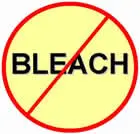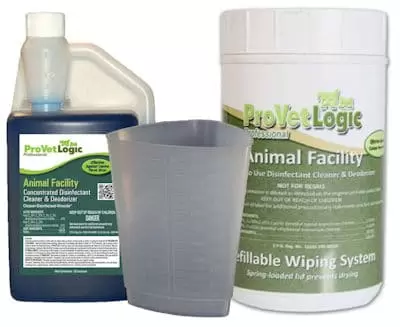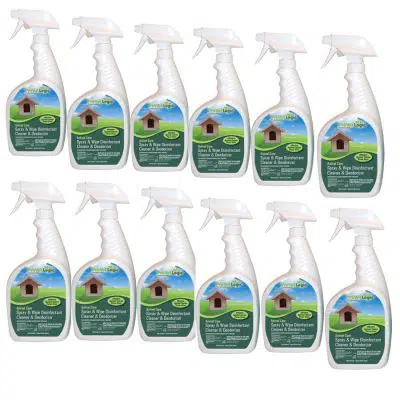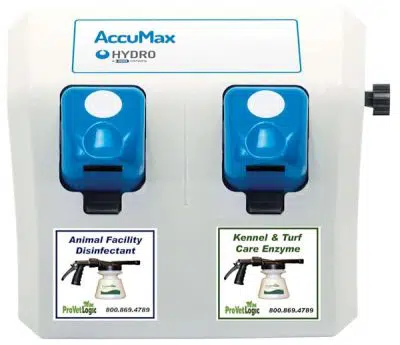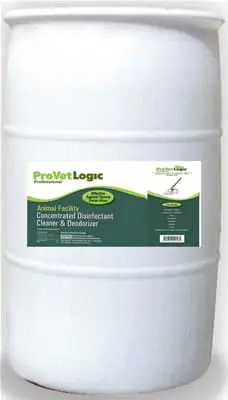For quick on the spot disinfecting without bleach try our new Refillable Wiping System
Or you may prefer the portable Spay Bottles.
Looking for a way to keep the economics of dilution and reduce the labor costs at the same time?
Try the ProLoc Wall-Mounted Dilution Control System

